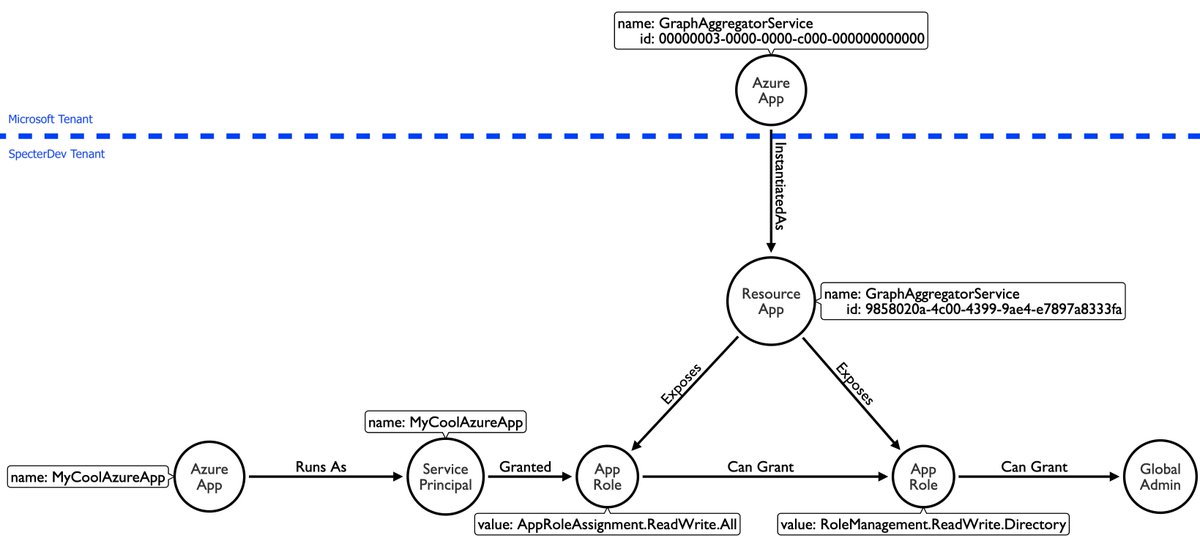
With 2021 almost over, what were some of your favorite blogs, talks, or people you started following this year? I'll go first:
My favorite overall blog post: "Defenders Mindset" by @JohnLaTwC.
This post is packed with profound insights, from the perspective of someone with decades of deep security experience:
This post is packed with profound insights, from the perspective of someone with decades of deep security experience:
https://twitter.com/JohnLaTwC/status/1462443213587824643
My favorite new follow this year: @inversecos.
Lina is writing the technical content our industry needs: deeply technical, clearly explained, and appropriate for both offense and defense audiences. See her writings here: inversecos.com
Lina is writing the technical content our industry needs: deeply technical, clearly explained, and appropriate for both offense and defense audiences. See her writings here: inversecos.com
My favorite offense-centered post: "AWS ReadOnlyAccess: Not Even Once" by @hotnops.
Not only introduces a new-to-me area in a way that's easy to understand (AWS roles/permissions), but also includes both a "read first" and "drink first" section:
posts.specterops.io/aws-readonlyac…
Not only introduces a new-to-me area in a way that's easy to understand (AWS roles/permissions), but also includes both a "read first" and "drink first" section:
posts.specterops.io/aws-readonlyac…
My favorite defense-centered post: "Abstracting Scheduled Tasks" by @jsecurity101.
Scheduled tasks: the "commodity-level" tradecraft that attackers continue to find detection bypasses around. This post should be required reading for detection engineers: posts.specterops.io/abstracting-sc…
Scheduled tasks: the "commodity-level" tradecraft that attackers continue to find detection bypasses around. This post should be required reading for detection engineers: posts.specterops.io/abstracting-sc…
My favorite Twitter thread: this one by @jaredcatkinson, where Jared gives a masters class in detecting SharpHound enumeration:
https://twitter.com/jaredcatkinson/status/1460307028618924035
Finally, my favorite overall blog: "Good Workaround!" by @mariussmellum.
While not strictly-speaking security related, Marius has done phenomenal work in understanding and explaining concepts, APIs, and the inner-working mechanisms that drive Azure:
goodworkaround.com
While not strictly-speaking security related, Marius has done phenomenal work in understanding and explaining concepts, APIs, and the inner-working mechanisms that drive Azure:
goodworkaround.com
• • •
Missing some Tweet in this thread? You can try to
force a refresh







